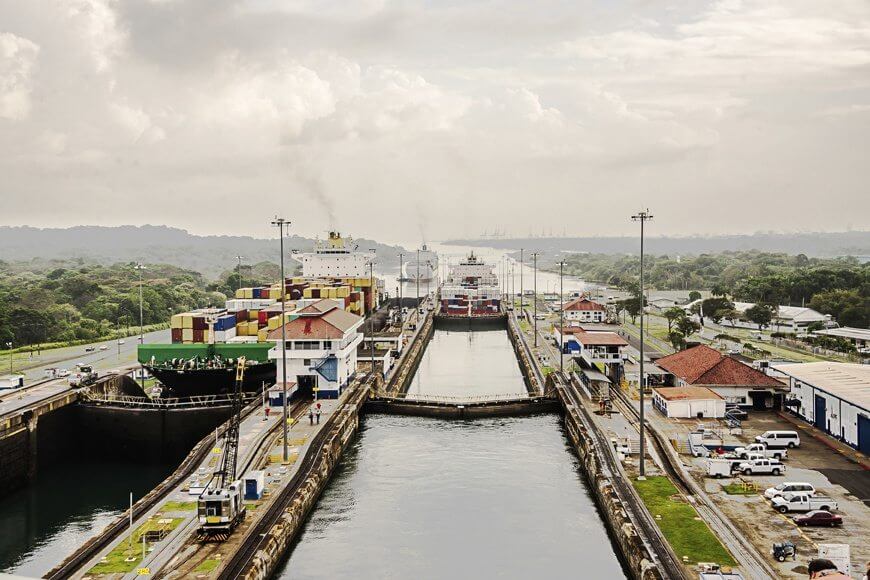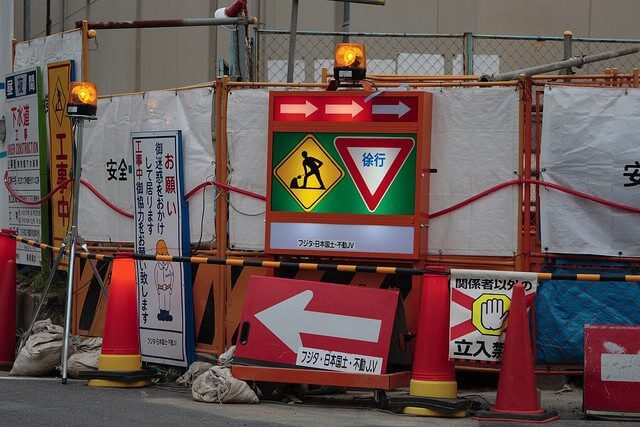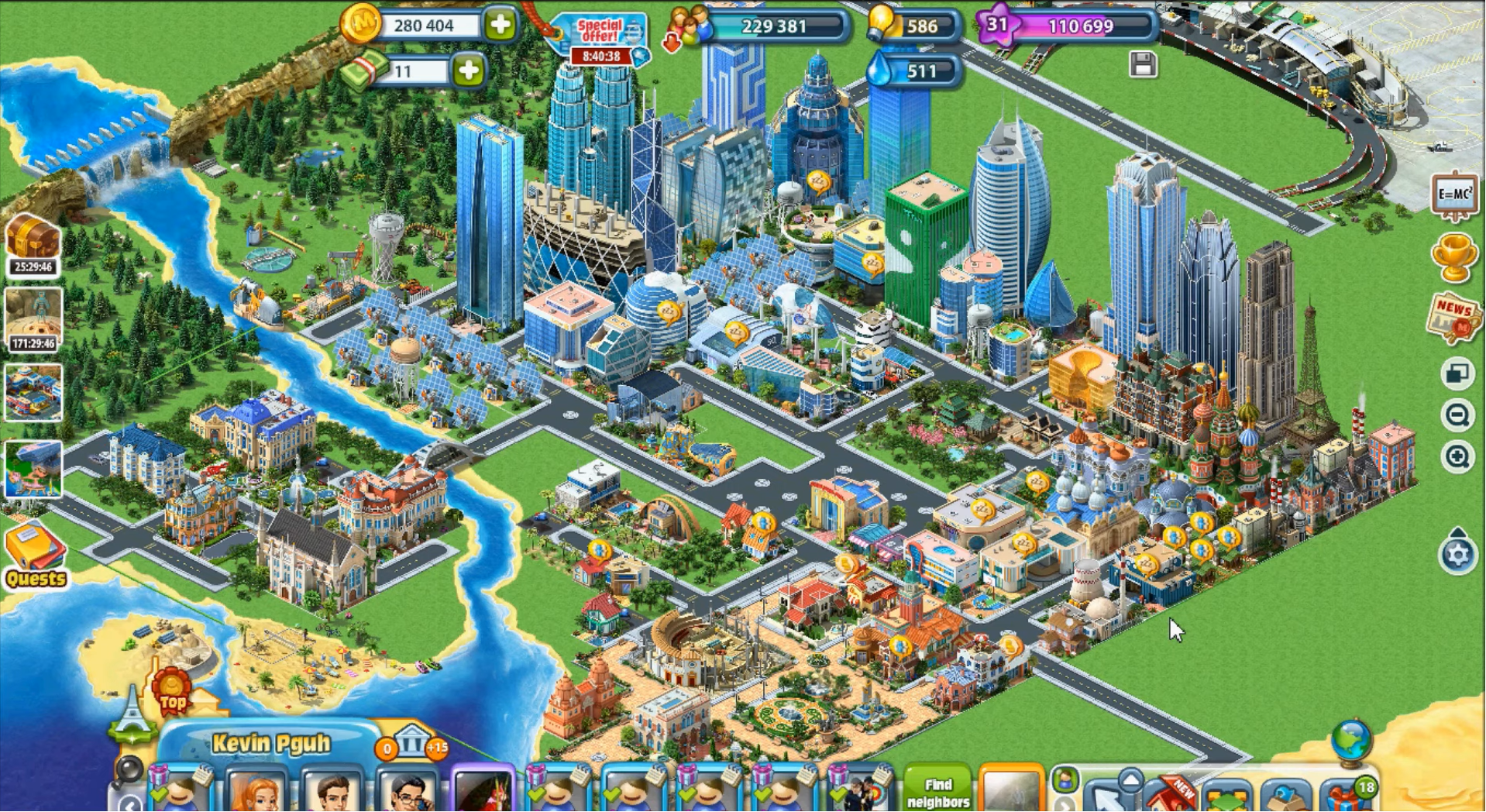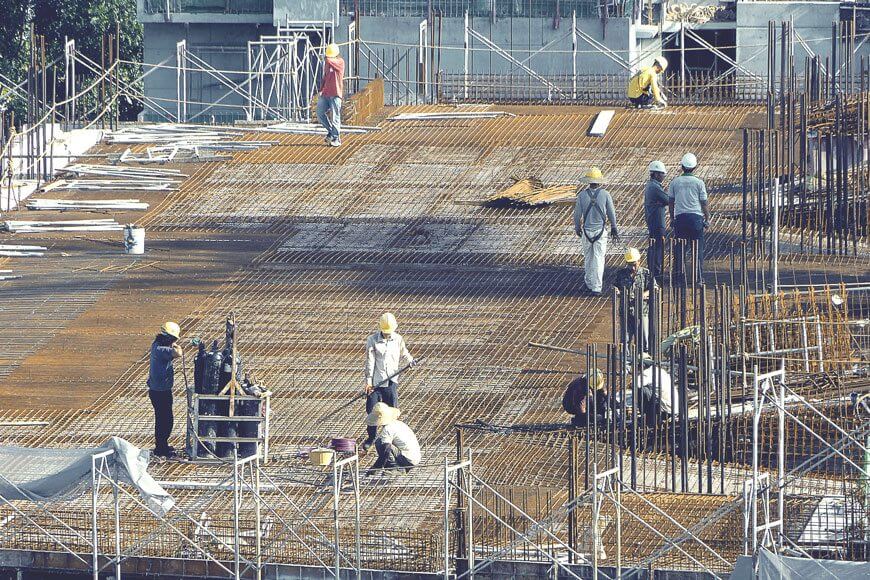The first thing to say about the building of the Panama Canal is that, started by the French in 1881 and given up as a bad job in 1894, it wasn’t as cleverly done as our British canals. They didn’t have the benefit of our Irish “Paddies” on the job!
The first suggestion that it should be built came in 1534. That was followed by a suggestion in 1788 from Thomas Jefferson that it be built. The logic for these proposals was that a sea voyage from the American East coast to the West coast was a very long and hazardous trip. It required a journey round South America and through the Strait of Magellan which was notorious for its tidal currents and howling gales. Not good for sailing ships! Many, many shipwrecks and deaths there!
Anyway, the Panama Canal cuts through the Isthmus of Panama which separates the North and South American continents. It is a modest 77 kilometers long – nothing like our British canals! – and rises to a mere 26 meters above sea level at Gatun Lake. There are locks which raise and lower the ships as they proceed. These locks are 33.5 meters wide, so they are a bit bigger than ours!
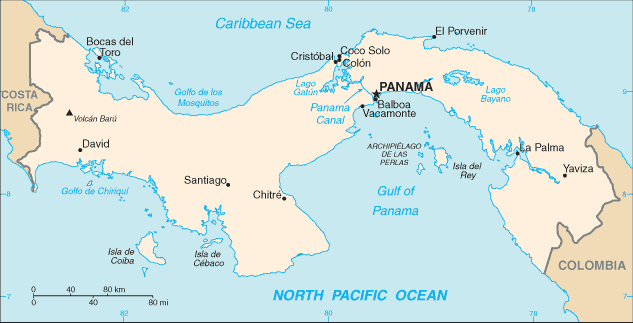
The French having given up, construction was taken over by America. They started work in 1904 and it was officially opened a decade later in 1914. Even worse than usual for construction projects! Talked about it for 370 years and did it in 10 years!
In fairness to the French efforts, what had changed by the time the Americans took over was that we had developed steam-driven mechanical diggers and also railways. Trying to dig it all out by hand had been a bit of an onerous task! Removal of the excavated ground had also been a challenge using wheelbarrows and horses and carts! At 33 metres wide there was quite a bit more digging than the Paddies did in Britain! The total volume of excavations by the French and Americans was a staggering 156,000,000 cubic meters!
Read here: How they built the Channel Tunnel
So the Americans set forth with all the latest that was available in terms of construction plant. These included 102 new large, railroad-mounted steam shovels, enormous steam-powered cranes, giant hydraulic rock crushers, cement mixers, dredges, and pneumatic power drills. Nearly all of these were manufactured by the new, extensive machine-building technology developed and built in the United States. It is these which actually made the Panama Canal a practical possibility!
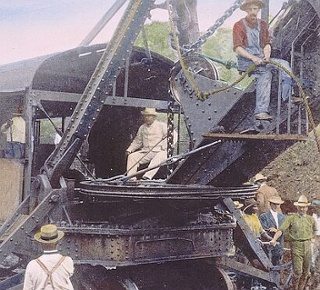
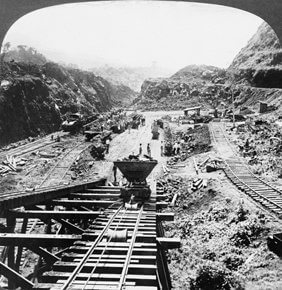
Now the really clever bit about the Panama Canal is the Gatun Lake. This is at the highest point of the canal and was formed as a part of the construction process. Someone had the brilliant idea of damming the Gatun River and forming a lake there. This meant that ships could sail across the Lake and saved the need to dig about 1/3rd. of the total length of the Canal. The other “sneaky” thing about this is that the 4 Atlantic Locks and 5 Pacific Locks are all filled with water from Gatun Lake to raise the ships to the next level!

The engineering and excavation work was divided into three divisions; Atlantic, Central and Pacific.
The Atlantic division was responsible for the construction of the huge breakwater at the entrance to Limon Bay, The Gatun locks, their 5.6 km approach channel and the immense Gatun Dam.
The Pacific division was responsible for a similar 4.8 km long breakwater in Panama Bay, the approach channel to the locks, the locks themselves and their associated dams and reservoirs.
Find here: Building the ancient Egypt pyramids
The Central division was assigned probably the most difficult part; they had to excavate the Culebra Cut through the continental divide to join the new Gatun Lake to the Panama Canal locks.
That got done and it was all over and finished with after 400 years of talking about it and messing about! The first ship, S.S. Ancon, passed through on the 15th. August, 1914. It had cost the Americans about $375 million to build the Panama Canal, which is about $8,600,000,000 now.
That isn’t the end of the story, though. The increase in global shipping and the increased size of vessels meant that a second set of locks were built, starting in 1939. Today, with ever greater global trade and even larger ships, they are building a third set of locks!
